How is water leaking into my car?
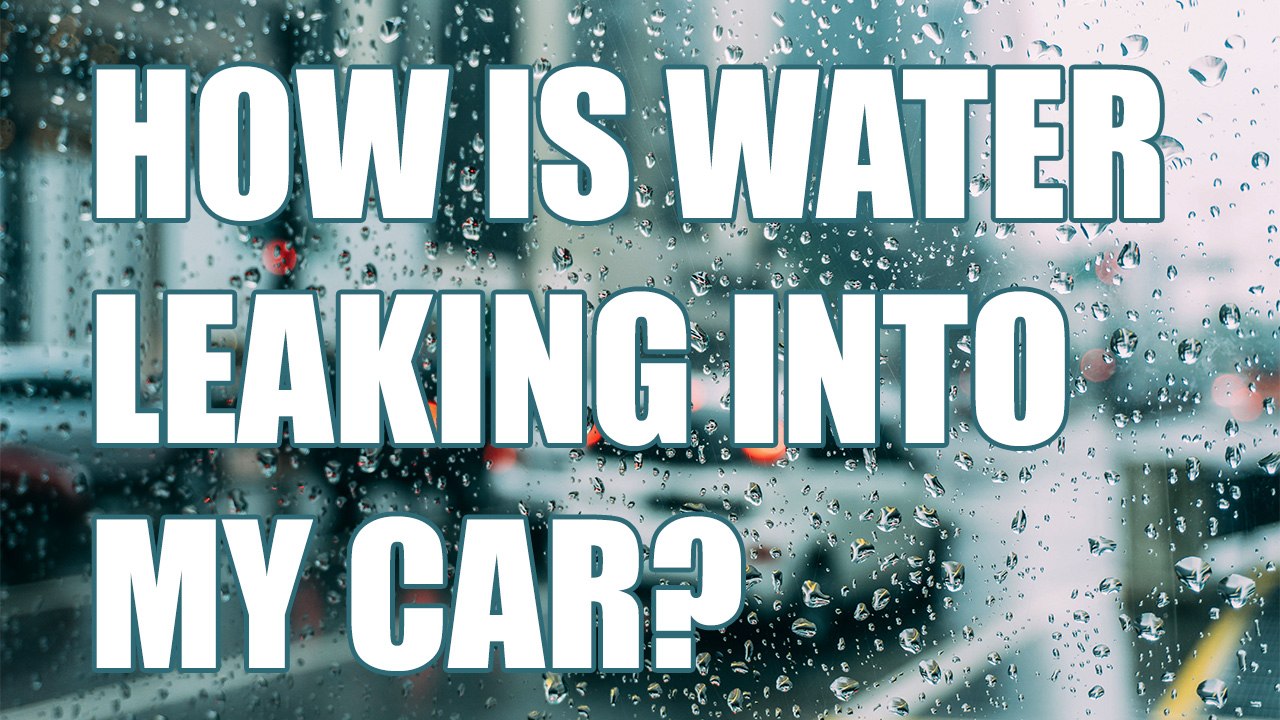
We have been finding and fixing leaks for many years now, and we keep seeing the same problems reoccurring. In this article we will share our top 10 car water leaks.
Cars have literally hundreds of holes in them, so there are an almost infinite number of ways cars could leak, but here are our top ten.
1. The Rear Air Vents
Almost all cars have rear air vents. These exist so that when you have your heater/air conditioning on, or your windows open, the air being forced into your car can escape out of the back. These are hidden deep behind the wheel arches, behind all the carpet and trim, so you probably haven't seen them. They are supposed to act like a one-way-valve, letting air out, but not letting anything else in. However, once the silicone seals start to perish, water can get around them. It might also be the case that the hinges wear, or they get clogged with dirt, and they don't close properly.
They tend to be hidden behind the rear bumper, and unfortunately, when you are driving in the rain, road spray will drench that area of your car and the water will seep in, and fill up the boot of your car. If your spare wheel compartment is full of water, this is quite likely the reason why.
Solution - Just replace them with new ones. They usually aren't too much money to replace, and once they start to perish, they aren't worth saving. Often they leak around the vent and garages will silicone seal them back in, but if the outer seal is perished, it's likely the one-way gate will be perished too. And a common theme you will see in this article... as all the parts on your car are the same age, if the part on one side of your car is causing problems, it's best to replace the on the other side of the car too.
December Special Offer
Free Water Leak Check
Are your windows steamed up in the morning? Damp, musty smells?
Pop in for a quick check, and we'll test your carpets with our moisture meter to see if there's water hiding under them. We won't fix the leak today, but you'll know whether your steaming windows are just wet kids and dogs - or the start of something more serious.
No booking. No cost. Just pop in.
Navigation Road, Chelmsford, Essex, SS15 5AN
2. Door Membranes
Behind the door card, which is that panel that your door handle and window switches are on, is a door membrane. Sometimes this is a big, stamped metal panel, but in the vast majority of cases, it's just a sheet of polythene glued in place with a sticky sealant.
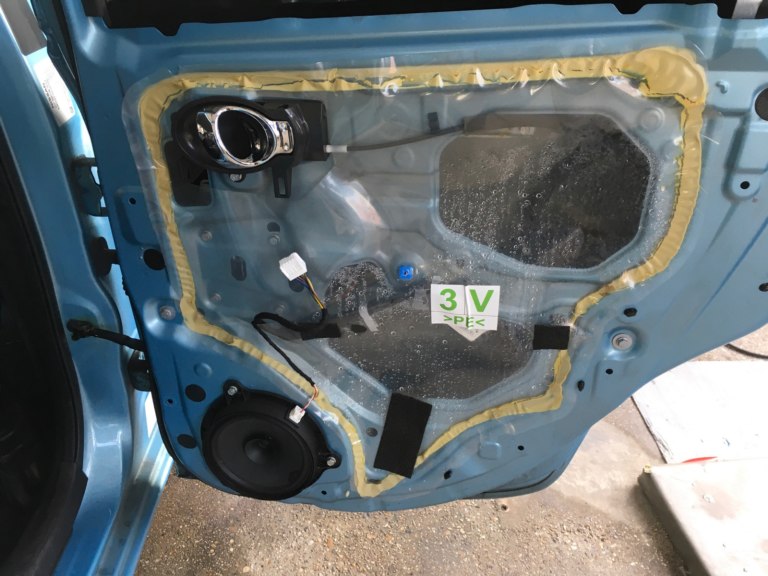
Your car's door isn't waterproof, and water will get inside it, and it is supposed to pour out of the drainage holes at the bottom. The plastic sheeting which is the door membrane is supposed to stop any water splashing onto the door card where it can run down and leak into the car.
Depending on how much heat and sun the car gets, over time the polythene will shrink, and the sealant will dry out after about 6 years. It will come away from the door and allow water into your car.
We will cover more on this later, but it seems electricians and many mechanics have no idea what this door membrane is for, and so if you have had any after market speakers fitted or anybody has ever been in there tinkering with your electric window, there is a chance they have just cut a hole in it to gain access. We see this a lot, but it's far more common, possibly inevitable, that these membranes will perish.
Solution - Replace them with new ones. You can buy kits from the dealership which come complete with the sealant. These are quite expensive for a sheet of polythene, and it is possible to make your own, but by the time you have bought a roll of polythene and the correct sealant, it's a wash if you are only doing one car. As with the rear air vents, if one has perished, then the others are likely to be perished too, so replace them all.
3. Windscreen
If you have had a replacement windscreen and suddenly find your carpets are wet, then there is a good chance the windscreen was incorrectly fitted and is leaking. It could be that they didn't put on quite enough sealant, the windscreen isn't sitting quite properly, or it may be that the sealant didn't key properly to the glass.
Did you know, one of the reasons there is that dark, painted area around your windscreen is to give the sealant something to bond to? We have heard that some vehicles have come out of the factory with an issue, due to cost-cutting, which means the windows were not properly bonded, so it's possible that your windscreen is leaking, even if you never had a replacement screen.
Solution - If you had a replacement screen, go back to your windscreen company and ask that they check it. If it's leaking, get them to refit it. If you haven't had a replacement windscreen and your car is only a few years old, we recommend looking on the forums for your make and model of vehicle and seeing if lots of other people have had the same issues. Then go back to the dealer armed with this knowledge.
4. Front Scuttle
There is often a big tough under the windscreen, which holds things like your windscreen wiper gearing. It's the area under the plastic grill between your windscreen and the bonnet, where all the leaves collect in the autumn.
The drainage holes can get blocked with leaves, and then this trough will fill up with water until if fines a hole it can leak out of. If the hole is in the bulkhead, (and your bulkhead has many holes), then the water will spill into the cabin.
Solution - Clean out this area, keep it clean, check it regularly.
5. Sun Roof
There is a plastic tray around your sunroof which collects water and lets it drain away through two or four silicone tubes which run down the door pillars to the wheel arches.
Sometimes these holes get blocked, and this tray will fill up with water, so when you start driving it will slop over the edge and water starts dripping from your rearview mirror.
Alternatively, the silicone tubes will shrink with age, split, pop off their connectors, or the connectors can become brittle and shatter. The result is water will be leaking in through your door pillars.
Solution - You need to establish what the exact problem is. First, you need to check that the pipes aren't blocked. If the water is draining away, but not coming out of the bottom of the car, then you have a problem with the drainage pipes. Replacement sets can be bought from the dealership.
6. Rear Lights
Sometimes, a rear light will get a crack in it which lets in water, but far more commonly, the rubber seal around it ages, shrinks, cracks and just stops being a good seal. Once this happens, water will get in and leak into your boot.
Some cars have a centre brake light which can leak, so don't forget to check this, especially if it's one that you have to remove to change the bulb.
Solution - Replace the rubbers. You should be able to get a replacement set. And if one side is leaking, it's likely the other side will start leaking soon, so replace them all.
7. Rear Door Hinge Surround
These days, cars are spot welded. This is a very strong and cost-effective way to build cars, but welding a spot every inch or so means that it isn't waterproof. The manufacturers solve this problem by putting a sealant along the seams and painting over it.
Over time, this sealant can crack and let in water, especially in areas where the car is flexing as it goes around corners, and especially in areas which are seen, have to be neat, and they can't splosh a load of gum. This tends to be around the boot hinges or just above it on the roof.
To be fair, welded seams anywhere on the car can leak and these can be difficult to track down, but if you have a hatchback, it might pay to check this area.
Solution - You will be glad to know that there is nothing wrong with the integrity of the welding and your car isn't about to fall apart. The solution is just to smear some sealant into the gap - neatly if possible.
8. Door Rubbers
Soft, supple rubbers around your doors will form a nice waterproof seal, until they don't. Over time the rubbers dry out, become less supple, they stay squashed and deformed, they can even crack or shrink and pull away from the seam on which they are seated.
Solution - you can get products which revived rubber, which will plump them up again and make them like new, alternatively, you can buy replacement rubber sets from the dealership, but before doing any of this, it is worth making sure they are actually fitted correctly. These rubbers are more important than many people might imagine, and so it's possible, if they were removed at some point, for some reason, they weren't re-fitted with due care and attention. Water only needs a small gap to get through.
9. Pollen Filter
There are many holes in the bulkhead - the fireproof wall between your engine and you. The steering wheel goes through it, the pedal cables go through it, so does most of the wiring loom(s). Any of these can leak, but one of the most common is the pollen filter for the air conditioning unit.
Every car is different, so we can't really give you a case here, but check inside it, and check outside it. If there is water inside it, then that's a give-away you have a leak. But if the seal on the outside is perished, water might also be leaking past it.
10. After Market Electronics
If your car has a leak, and you have had parking sensors fitted, an alarm or immobilizer installed, or you have after market audio, you might want to consider that your electrician did something silly.
Electricians know about electrical stuff; it seems they often fail to consider that running wires along rubber seals, removing grommets, cutting holes in membranes or drilling holes in the box sections and bulkheads might have unforeseen consequences.
Solution - You should take this up with your electrician, but we recommend you ask them exactly how they propose to remedy the problem, and you check their work to ensure their solutions aren't just as silly as the problem they are trying to fix. Three or four times a year, we see cars where 'tradesmen' have 'solved' leaking cars by removing grommets or drilling holes to let water out!
Technically, drilling holes in your floor pans will let water out, but they also let water in when you are driving along and water is splashing up at the bottom of your car.
Bonus - Leaks in Convertible Cars
Although cabriolets have essentially the same problems as normal cars, they are far more prone to leaking. As well as a scuttle under the windscreen, soft-tops have a scuttle that wash from the hood drains into, and a large trough that the hood folds into. Similar to the front scuttle, these drains can get blocked with leaves and fill up with water. As with sunroofs, these sometimes have silicone pipes which can block or perish.
The rubbers need far more consideration too. On a normal car, windows are held in a frame, but on a cabriolet, they may just be pressed up against rubber seals, so it is important to keep these areas clean, free from dirt and obstructions, and to condition the rubbers to keep them soft and supple, so they form a good seal.
What else is there to know about car leaks?
As we said at the beginning of this article, your car has hundreds, if not thousands of holes in it because it wasn't designed to be a submarine. Usually, water shouldn't be anywhere near these holes, but things happen. If a drain is blocked and stops water getting out where it is supposed to get out, it will find another hole.
If your car has been in an accident, it might have shaken a few things loose, it might have put a slight twist on a panel or put a crack in a seam. These kinds of leaks can be very difficult to track down.
Probably, the most important thing of all to mention is that cars can have more than one leak. You can see from our list that many of the issues are caused by polythene, neoprene and rubber perishing with age. There is no escaping the fact that all these synthetic materials on your car are about the same age, so shrinkage which causes your rear lights to leak might also be affecting grommets on the bulkhead.
Damp and Mould
The first you realized something was wrong with your car, may well have been a damp smell. If so, that damp smell is mould spores. Mould is something you should take seriously, your car is a locked metal box which you are sitting in with millions of mould spores. In small doses, this isn't too much of a problem, but it can overwhelm you and make you very sick. This is a health hazard that needs to be dealt with.
Electrical Problems
You may also have noticed that your windows have steamed up because of the amount of moisture in the car. That condensation will condense on any hard cold surfaces, including electrical connectors. This can cause electrical systems to fail. Depending on how much water is in the car, the ECUs for things like airbags and seat belts might be completely submerged. Water can cause a lot of expensive damage to modern cars.
We know what you are thinking...!
Oh, yes, we do! You are thinking that now you have your leaks fixed, you just need to leave the car in the sun, drive around with the heater on and the windows cracked, and it will soon dry out.
If you drive a pick-up truck with rubber floors, you might be right. You might also get away with it if you drive a small town-car because they are sturdy little metal boxes which don't need much sound-deadening material.
Practically, every other car will have carpet, a plastic or rubber waterproof membrane, about half an inch of woolly sound deadening, and then foam which will be between one and four inches thick, which is there to level out the floor and cover all the box section and electrical components while also acting as insulation.
It's highly likely that you are underestimating how much water is in your car. It isn't that unusual for us to find 10–15 litres, and because you have a membrane on the underside of your carpet, it won't be evaporating anytime soon, which means you could still have the problem with mould and electrics.
The solution is to life the carpets up and suck the water out, and use a dryer to dry it out properly. You probably won't need to take the carpet out of the car, but you may well need to take the front seats out in order to lift the carpet. But that's a subject for another article.
Resources
Car Water Leaks Found Videos - See if we have found a leak in your make and model of car.
Case Study of a water leak in a car. This video is rather long at 33 mins, but it will show how much water can be in a car and how we deal with it.
If this all sounds a bit like hard work, and you want us to deal with it, try our Water Leak Detection Service

by Danny Argent
technical writer and customer education.
Related Blogs
Here are some more of our latest #CarWaterLeaks blogs
Why your car windows are steamed up in the morning & how to fix it
Mist, fog or condensation is annoying when you just want to get to work in the morning. Lets look at the causes and what we can do about it. [Updated 2025]
Read ArticleBusting the Myths: Why White Vinegar, and Baking Soda Don’t Really Fix Car Odours
We’ve been removing stubborn odours from cars for over 38 years, and in that time, we’ve seen it all. From coffee grounds to baking soda, and vinegar.
Read ArticleRX 400h Electrical Gremlins? It Might Just Be a Hidden Water Leak
You’ve got to hand it to the Lexus RX 400h — they built them properly. People love this hybrid SUV because they’re comfy, reliable, and just… solid.
Read ArticleIs Your Replacement Windscreen Leaking? Here’s What You Need to Know
It usually starts with a damp patch on the carpet, maybe a musty smell you can’t quite place. Then, after a downpour, you realise that your car’s interior is wetter than it should be.
Read Articlehow to get rid of mildew smell in car
Musty, damp smells are distinctive and annoying, but can also be a health hazard. We will look at what causes mildew and how to get rid of musty smells.
Read ArticleHow to manage a leaky car
If you have a car with a rain water leak, but you can't get it repaired right away, you may need to manage the water ingress until you can get it fixed, or drier weather comes around.
Read ArticleWhat to do if you find water in your car
If your car has mould in it, chances are there will be water in it. If the car has steamed up windows then possibly there is water under the carpet somewhere.
Read ArticleThe trouble with wet carpets and moisture
When you get in your car you don't expect the interior to be wet and have a damp smell. Sadly there are a number of issues that can cause this. Fortunately, our team can help. We are the most skilful business providing water leak detection Chelmsford ...
Read ArticleWhere is that water leak coming from?
New Again is the best provider of luxury car restoration Chelmsford has to offer. We have earned this reputation by assisting customers in a myriad of areas, including paint repair and pre-lease inspections.
Read Article
Can We Help You?
"We can offer specialist advice on the best car service to suit your requirements"
When bringing your car to New Again, we often ask you to explain exactly the reason for having your car Protected, Valeted or Repaired. Once we understand exactly what it is you are trying to achieve, we will appraise your vehicle using our detailed appraisal check-sheet allowing us to identify areas of concern and tailor specific services that match your requirements and budget.
If you are not sure what service you need and would like to speak to one of our technicians, simply request a callback by filling in the form on our contact page.

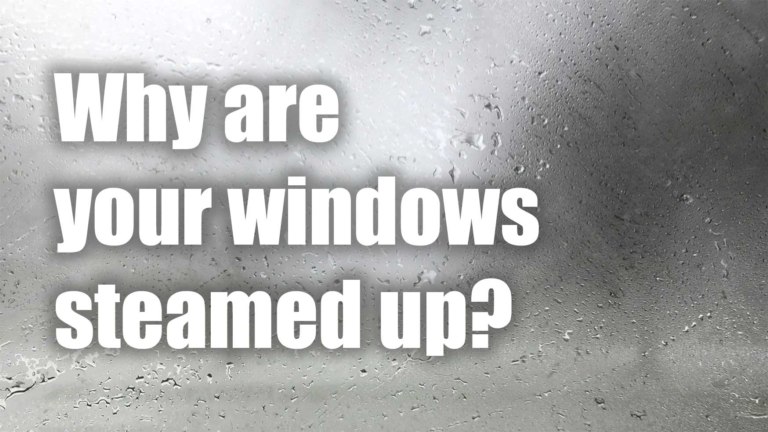
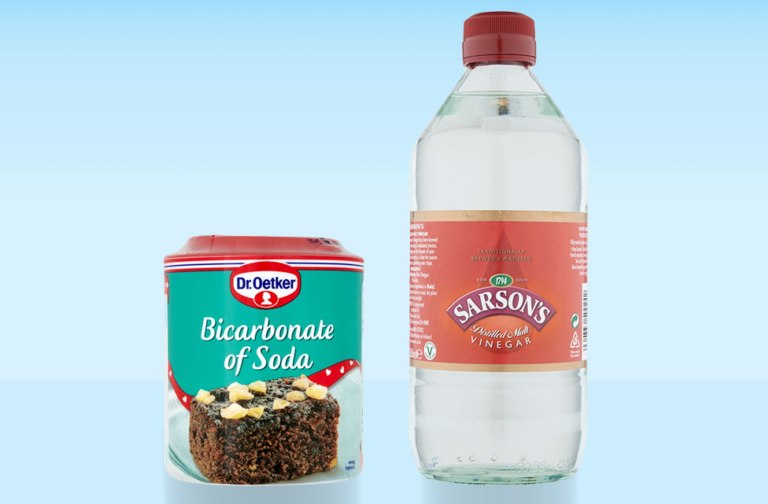
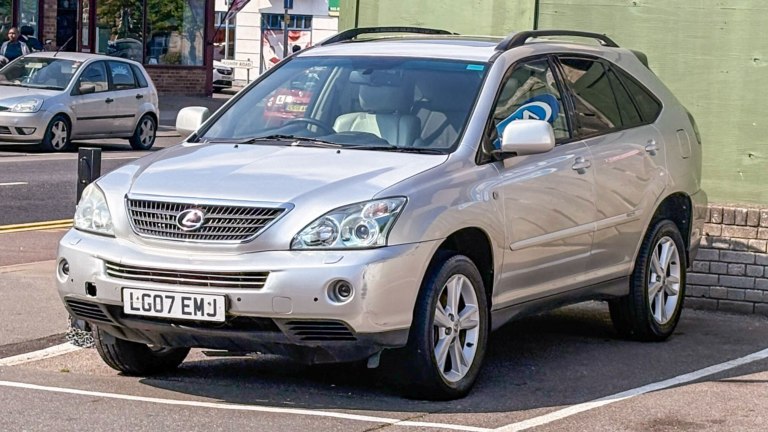
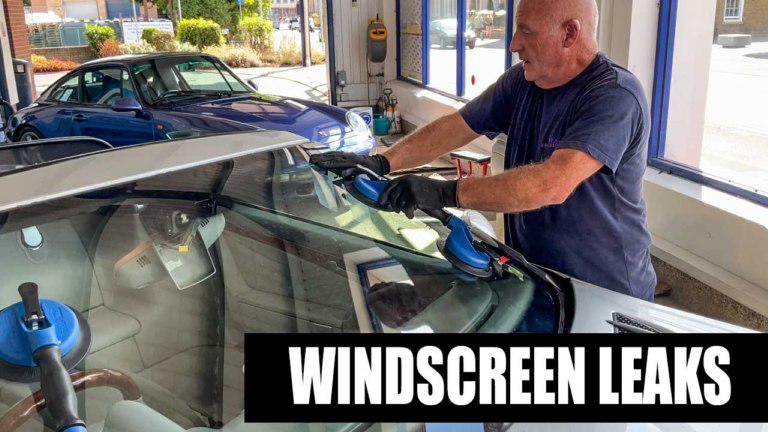
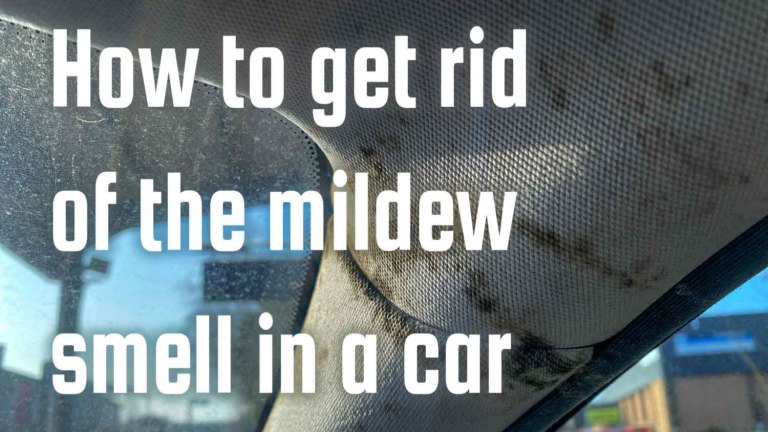
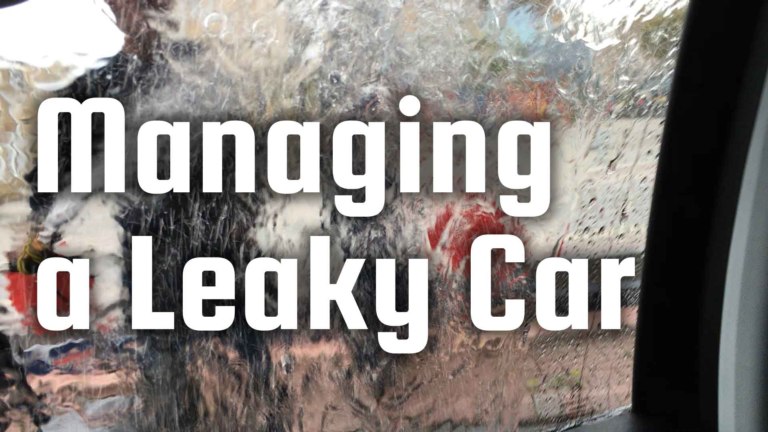
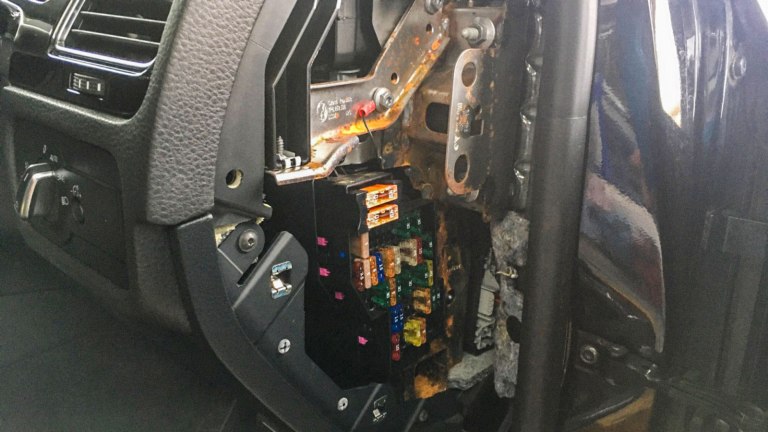
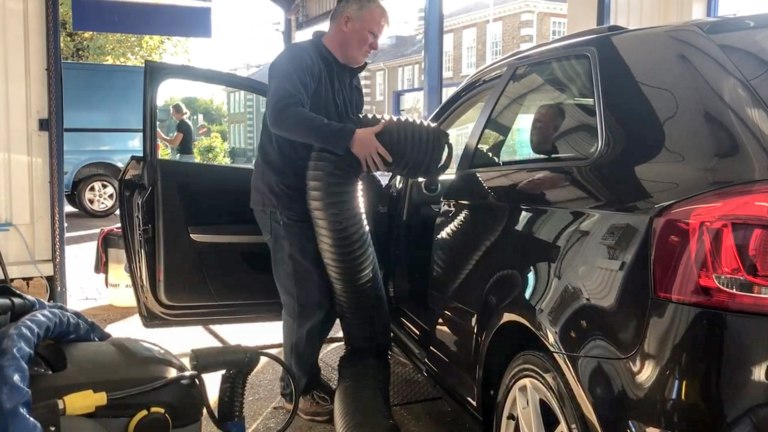
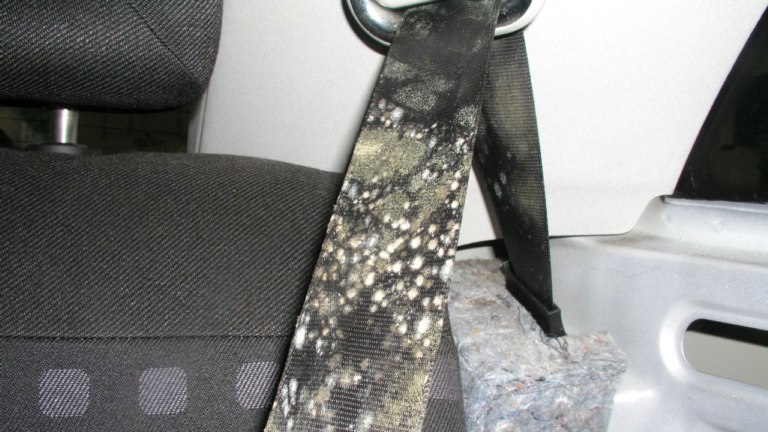
Share this blog